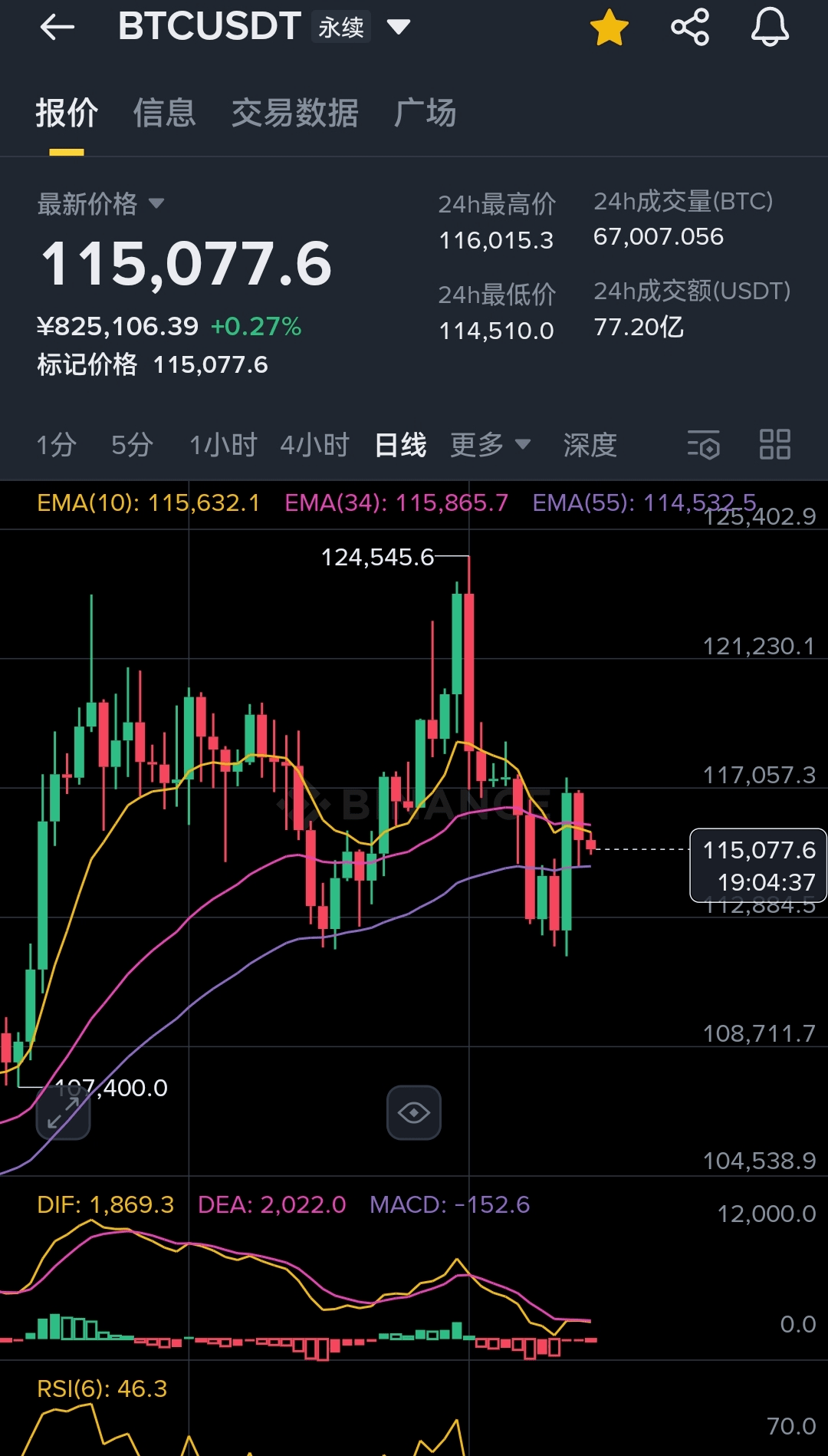
Specific Steps for Optimal Entry (Operational Process)
1. Analyze Larger Timeframes (Direction):
First, open the daily or 4-hour chart to determine the main market trend (up, down, or sideways). *Larger timeframes determine trading direction** (only go long, only go short, or wait and see).
2. Switch to Smaller Timeframes (Finding Levels):
After determining the overall direction, switch to the 1-hour or 15-minute chart, using the technical methods mentioned above (trendline pullbacks, moving average support, breakouts, etc.) to find specific entry points. *Smaller timeframes provide precise entry signals**.
3. Set Stop Loss (Preserve Capital):
At the moment of entry, *immediately** set the stop loss order.
* The stop loss should be placed at the level where the 'signal' you based your entry on fails. For example, if you are going long on a pullback to a trendline, then place the stop loss slightly below the trendline.
4. Plan Take Profit (Lock in Profits):
* Set target levels based on risk-reward ratio (usually at least 1:2 or 1:3). For example, if you are willing to risk losing 50 points, then your target profit should be at least 100-150 points.
* Target levels can be set at previous highs and lows, the upper boundary of a channel, or tracked through trailing stop losses.
5. Execution and Monitoring (Discipline):
Click to place the order, then strictly follow the plan. Unless there is a fundamental change in your analysis logic, do not easily move the stop loss and take profit.
Four, Must Avoid the 'Worst' Entry Methods
1. Emotional Entry: Entering because of a 'feeling' that it will rise/fall, or impulsively placing orders after losses, eager to recover.
2. News-Driven Impulsive Entry: Jumping in immediately after hearing a piece of news or rumor, without the accompaniment of technical analysis and a plan.
3. Heavy Positioning/Full Position Entry: Attempting to get rich overnight, leading to massive losses with just one mistake.
4. Adding Positions Against the Trend (Averaging Down): Not cutting losses after a loss, but instead continuing to buy, hoping for a price reversal to break even, one of the deadliest behaviors in futures trading.

